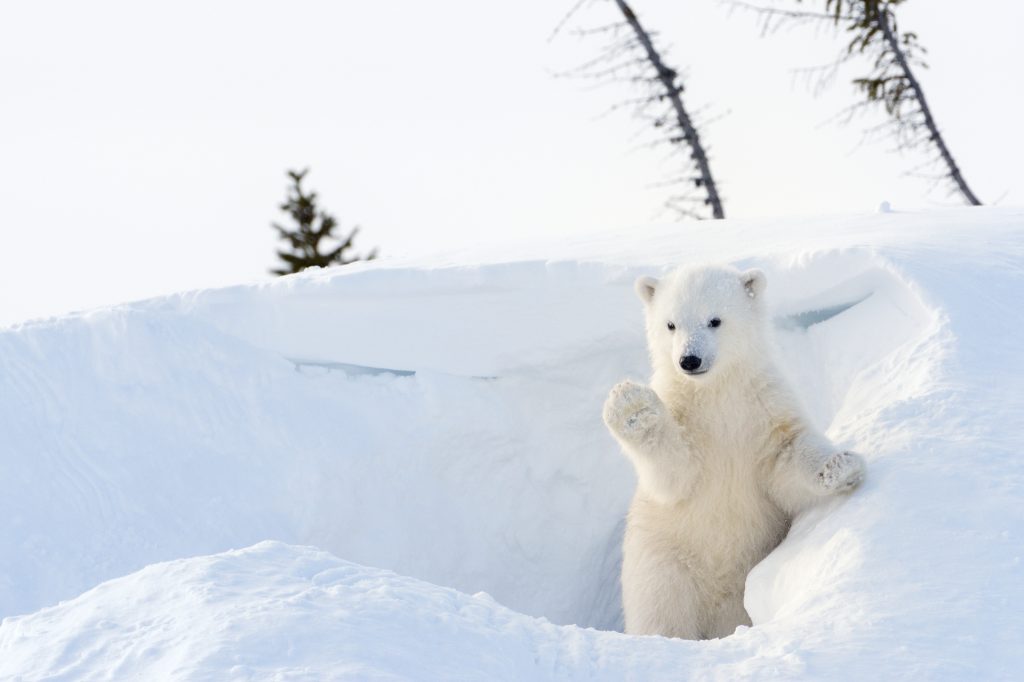International Polar Bear Day: A Time to Celebrate and Save this Iconic Species
Nature Canada is always happy for an excuse to
celebrate one of Canada’s most charismatic species. That’s why we’d like to
note that February 27 isn’t any old
day—it’s International Polar Bear Day!
An iconic symbol of Canada and the North, polar bears have some truly unique adaptations that allow them to survive in frigid Arctic and sub-Arctic conditions—did you know their hairs are hollow to maximize insulation? We can also learn a lot by observing polar bears. Namely: what their size and behaviours tell us about our changing climate.
Dr. Martyn Obbard is a long-time polar bear
researcher and a scientific advisor to Polar
Bears International. He’s spent more than 30 years studying the
species—with particular attention to how a polar bear’s body has changed over
time.

Obbard and his co-authors published research in 2018 that found the population of polar bears along the southeastern shores of Hudson Bay and the James Bay Coast had declined by 17 percent in five years, from 943 bears to 780. The population had previously been considered stable.
Unfortunately, these findings did not surprise Obbard, who told Canadian Geographic that the bears had an average of 30 fewer days to hunt than they did in 1980. Polar bears historically spend most of their time on the ice, hunting for their preferred dinner: ringed seals.
As sea ice disappears in Hudson Bay and other
regions, so too shrinks the window of time in which polar bears can get the
food they need to be healthy.
As a result, their body mass is smaller. While
Obbard and his colleagues found that similar sized litters of polar bear cubs
are being born each year, the number of
cubs that survive to reach yearling age (20-22 months) may be dropping.
Climate change doesn’t only affect the speed
of sea ice melt and a polar bear’s diet—it also shifts the range in which
plants and animals are found. “We’re talking about a redistribution of the
entire planet’s species,” one researcher explained to National Geographic.
That could have further implications for polar
bears. While their sea ice habitat shrinks, the territory habitable by other
bear species is increasing. That includes grizzly bear populations that have been
making their way north. While interbreeding between the species is
possible, many biologists believe hybrids are few and far between and that we
need to protect the polar bear population as we know it today.
International Polar Bear Day is an opportunity
to celebrate the species—but also ask what comes next. Protecting our natural
areas is key to preventing species collapse of polar bears and the other
animals we love. Ready to make a difference for the polar bear and make room
for nature? See what you can do today.
A special thanks to biologist Franco Mariotti for his invaluable help with this blog post.



